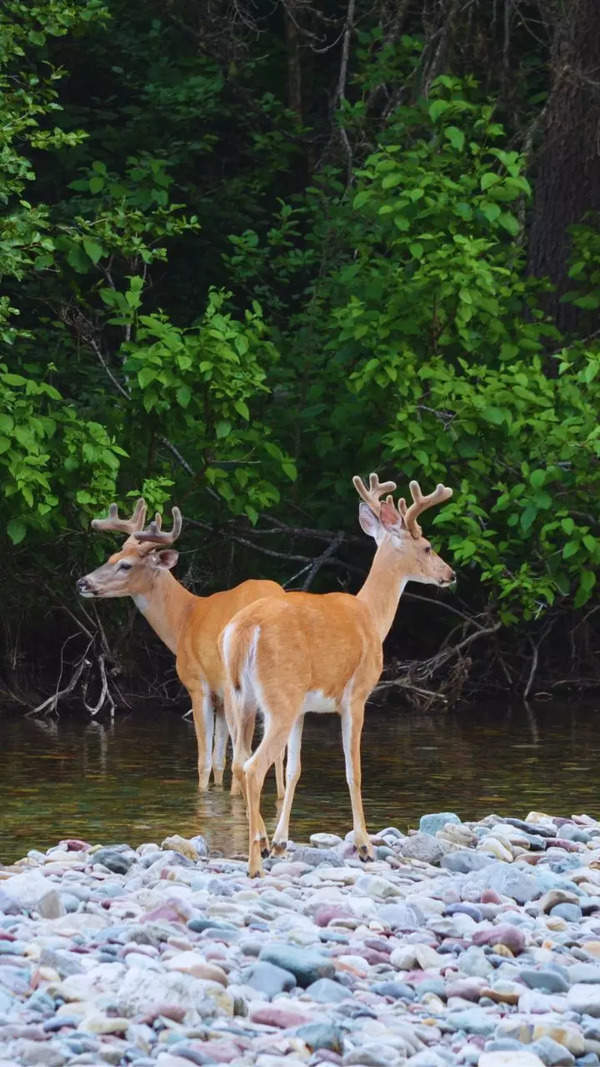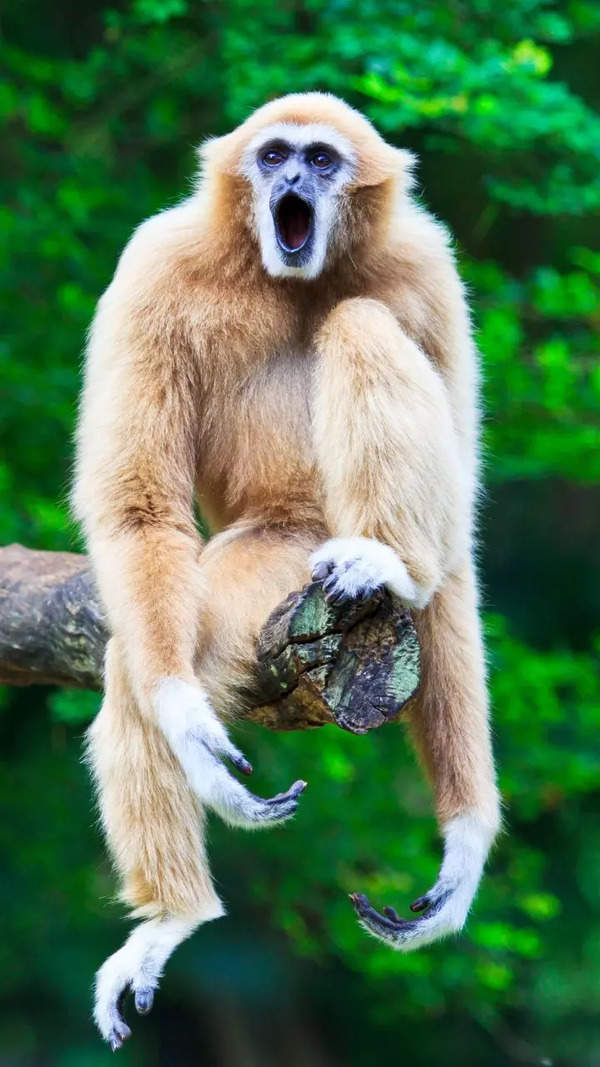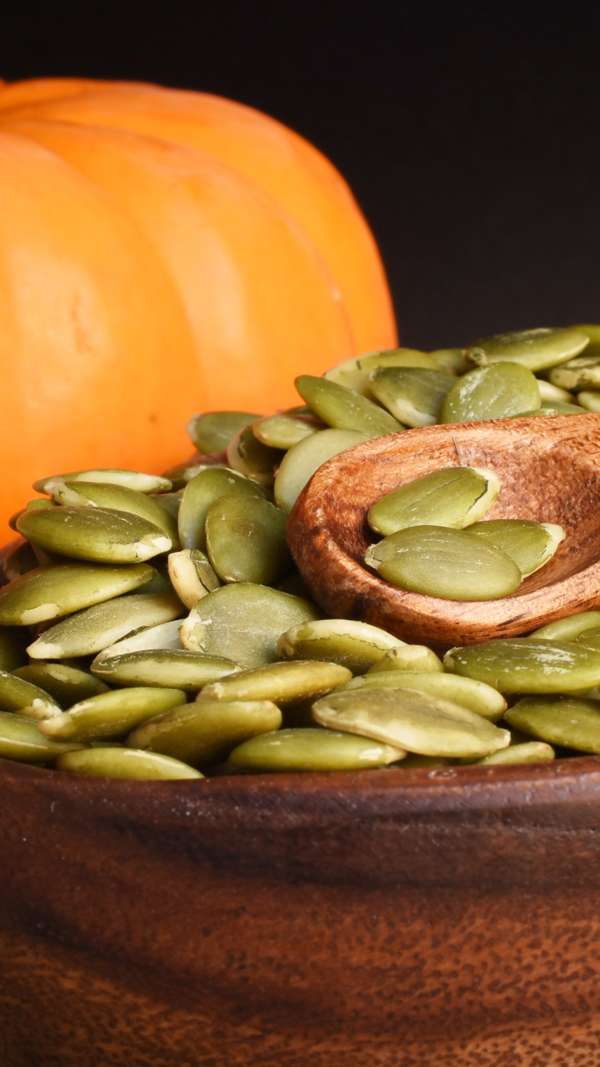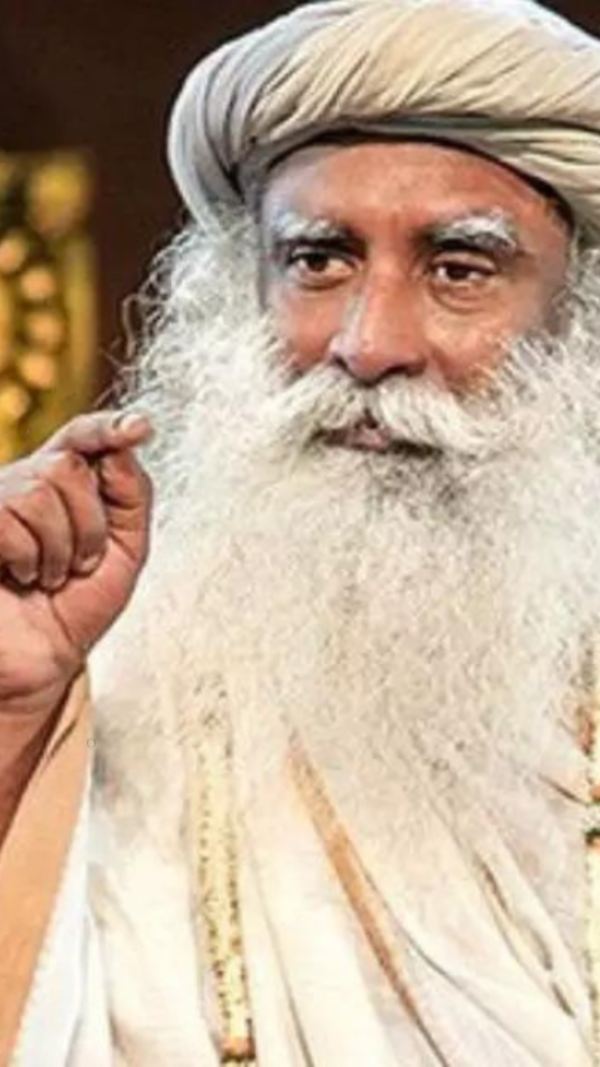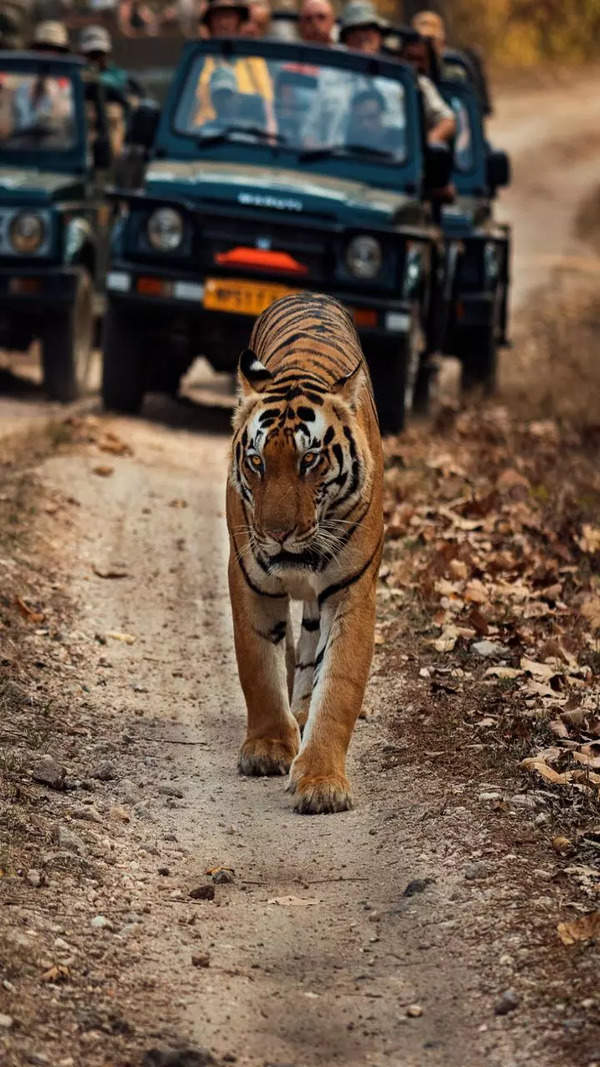Trending
Egyptian cobra: Know its physical characteristics, behaviour, venom and more
The Egyptian cobra, known for its ancient Egyptian iconography, is a venomous snake measuring up to 2.4 meters. Found in Africa and the Arabian Peninsula, it displays a defensive hood when threatened and has potent neurotoxic venom. It preys on toads, lizards, and birds, and lays 8 to 30 eggs, with baby snakes independent at birth.
The Egyptian cobra (Naja haje) is a big and highly venomous member of the family Elapidae, the cobras. They are widespread in semiarid areas of northern and eastern Africa, the Arabian Peninsula, and northern South Africa. Of historic importance, this snake has long been represented in ancient Egyptian iconography, including on the crowns of pharaohs. The Egyptian cobra is also believed to be the legendary asp responsible for the death of Cleopatra. Similar to its relative, the Indian cobra (Naja naja), the Egyptian cobra is one of the snakes most popular among snake charmers, who will use their proficiency to manipulate the snake's action and evade the slow strike of the snake.
Egyptian cobra: Physical characteristics and behaviour
The Egyptian cobra is a formidable snake, reaching a length of 2.4 meters (8 feet) in some cases, although the mean length is generally 1.5 to 1.8 meters (5 to 6 feet). Its head is diminutive and flat, with a rounded snout, and its body is moderately stout and gradually narrows towards a pointed tail. The snake is adorned with huge smooth scales, and the coloring can be anything from grayish yellow to brown to near black, with the underside frequently yellow. There are some, mainly those that are located in Ethiopia and southern Africa, which have seven to nine wide yellow bands on their bodies.
When threatened, Egyptian cobra produces a remarkable threat display by bending the front part of the body and spreading out its neck ribs to create an unmistakable hood. Dark marks on the throat and front of the hood become visible as it uses this bluffing mechanism, with the rest of the body remaining blank. As a desperate measure, occasionally if this fails to discourage the threat, it will mimic death.
Egyptian cobra: Venom and hunting methods
The venom of Egyptian cobra consists mainly of neurotoxins acting on the nervous system of prey, rendering the snake an efficient nocturnal predator. It feeds on diverse animals such as toads, lizards, and birds, and inhabits a number of habitats including savannas, woodlands, grasslands, and semidesert habitats. Though its bite may be fatal to human beings, immediate injection of antivenin can inhibit the action of the venom.
The Egyptian cobra employs its hollow, fixed front fangs to inject venom when it bites. In contrast to other snakes, its bite is comparatively slow, but the venom is strong enough to knock its prey out soon enough. In spite of its venomous attack, the bite of the Egyptian cobra is not necessarily always deadly, and with prompt medical care, the threat can be averted.
Egyptian cobra: Reproduction and life cycle
The Egyptian cobra is oviparous, i.e., it gives birth to eggs. Mating is usually done in the spring, and a female will typically lay 8 to 30 eggs per clutch. The eggs incubate before hatching, with the baby snakes being completely independent at birth. Although their venomous fangs are operational soon after hatching, the baby cobras are still fragile and need to develop before they can be effective predators.
Egyptian cobra: Diet and nutrition
The Egyptian cobra is a carnivorous snake. Its main diet is toads, but it also hunts and eats other animals, such as small mammals, birds, eggs, lizards, and even other snakes. The varied diet ensures the cobra's survival in various habitats, demonstrating its versatility as a predator.
Egyptian cobra: Population and threats
The Egyptian cobra is threatened by a number of issues that affect its numbers. These are:
- Habitat destruction: Loss of natural habitats through human activities is a major threat to the species.
- Persecution: Cobras are usually poisoned or killed on account of fear, ignorance, or revenge by humans, thus lowering their numbers.
- Poisoning: Poisoning of cobras occurs when they consume rodents that have eaten poisonous substances, impacting their survival and health.
- Collection for venom: The snake is collected for its venom, which is commercially utilized in the manufacturing of antivenom and other pharmaceuticals.
- Snake charmers: Cobras are often taken in Egypt to be used by snake charmers in local markets, which aids in population decline.
Egyptian cobra: Ecological Role
Also Read | 6 Amazing talking birds that can become your best friend including Myna, Cockatoos and more
End of Article
FOLLOW US ON SOCIAL MEDIA
Visual Stories
Tired of too many ads?


